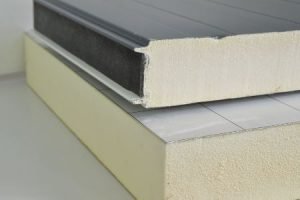Polyester polyols are a material that enables the manufacture of different products for the industry. These include rigid polyester foams, CASE plastics and flexible foams.

Materials manufactured using polyester polyols have a number of advantages, which contributes to their growing popularity. Why should they be used? What are their properties?
Polyester polyols are derivatives of dicarboxylic acids and polyols, which are terminated with hydroxyl groups. They are usually obtained by polycondensation of the acid or anhydride of dicarboxylic acid with glycols. Polyester polyols are typically high viscous liquids or solids with a waxy consistency.
Specialists in the PCC Group work intensively in research and development laboratories on polyester polyols called Rokester. These compounds are divided into two groups – aromatic polyester polyols and aliphatic polyols. Aromatic products are mainly used for the production of rigid foams. Acyclic polyols are used mainly in CASE applications, as well as additives to flexible foams.
Rigid foams are currently used in many applications. They are used as coverings and curtain walls, partition walls, suspended ceilings in industrial facilities, construction sites and cold stores. The basic structural element is usually a polyester insulation board consisting of layers with a core of rigid polyurethane PIR foam (check where to buy components for polyurethane foam) and a steel coating on the outside. Sandwich panels are used in applications where a combination of high structural stiffness and low weight is required. The popularity of polyester foam is constantly growing, as it has many advantages, such as:
It is worth noting that the biggest advantage of PIR boards is the lowest heat conduction coefficient in comparison to other materials available on the market. Polyester foam is a material of the future, which thanks to its features has a great chance to dominate the market of insulating and shielding materials.